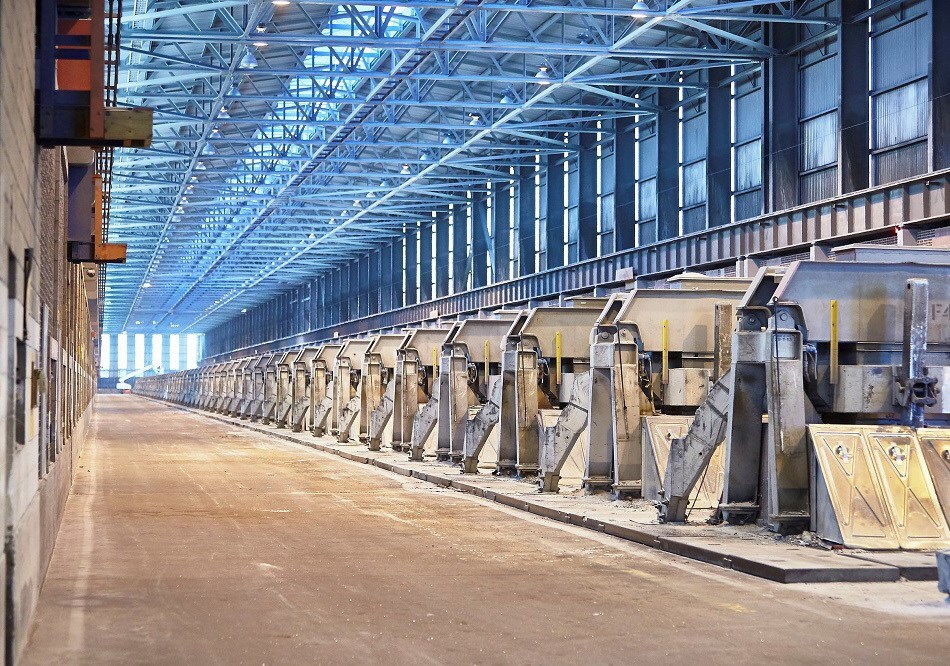

More than three years and the shockwaves of energy crisis in Australia are still being felt loud and clear. Caused by not one particular factor, the crisis began in the spring of 2022 (April-July) due to the spike in international gas prices, domestic plant outages, and weak renewable power generation. Beyond these, political allegations for mismanagement also take a centre stage as the present federal energy minister, Chris Bowen, blames the earlier Coalition Government for taking no precautionary measures for the impending crisis, while the latter claims the new Labor Government is incapable to handle the situation. But whoever or whatever is at the blaming point, the fact remains undeniable that this energy crisis has scorched Australia’s manufacturing backbone, especially aluminium. Take Tomago Smelter, for instance. Once a powerhouse of production is now grappling with the crisis and even bracing for a potential shut down by 2028.

Why is Tomago hugely impacted – is energy crisis the only factor?
The future of Tomago Aluminium appears increasingly uncertain as soaring energy costs threaten its operational viability. As the smelter’s electricity supply contract with AGL Energy is nearing expiry and it is weighing new proposals from multiple power producers, both for coal and renewable, Tomago realises the unviability of the continuation of operations, given the high costs. In 2022 and 2023, Tomago had launched a market-sounding process for renewable energy contracts, attracting widespread interest from wind and solar generators. But Tomago Aluminium CEO Jerome Dozol pointed out that none of them were commercially viable.
Tomago produces about 590,000 tonnes of aluminium annually, representing nearly 40 per cent of Australia’s total output. Due to its electrolytic reduction process that transforms alumina into metallic aluminium, the smelter consumes over 850 megawatts of continuous power unlike the typical requirement of 13-15 megawatt-hours per tonne of aluminium produced in any other modern smelters.
Responses








